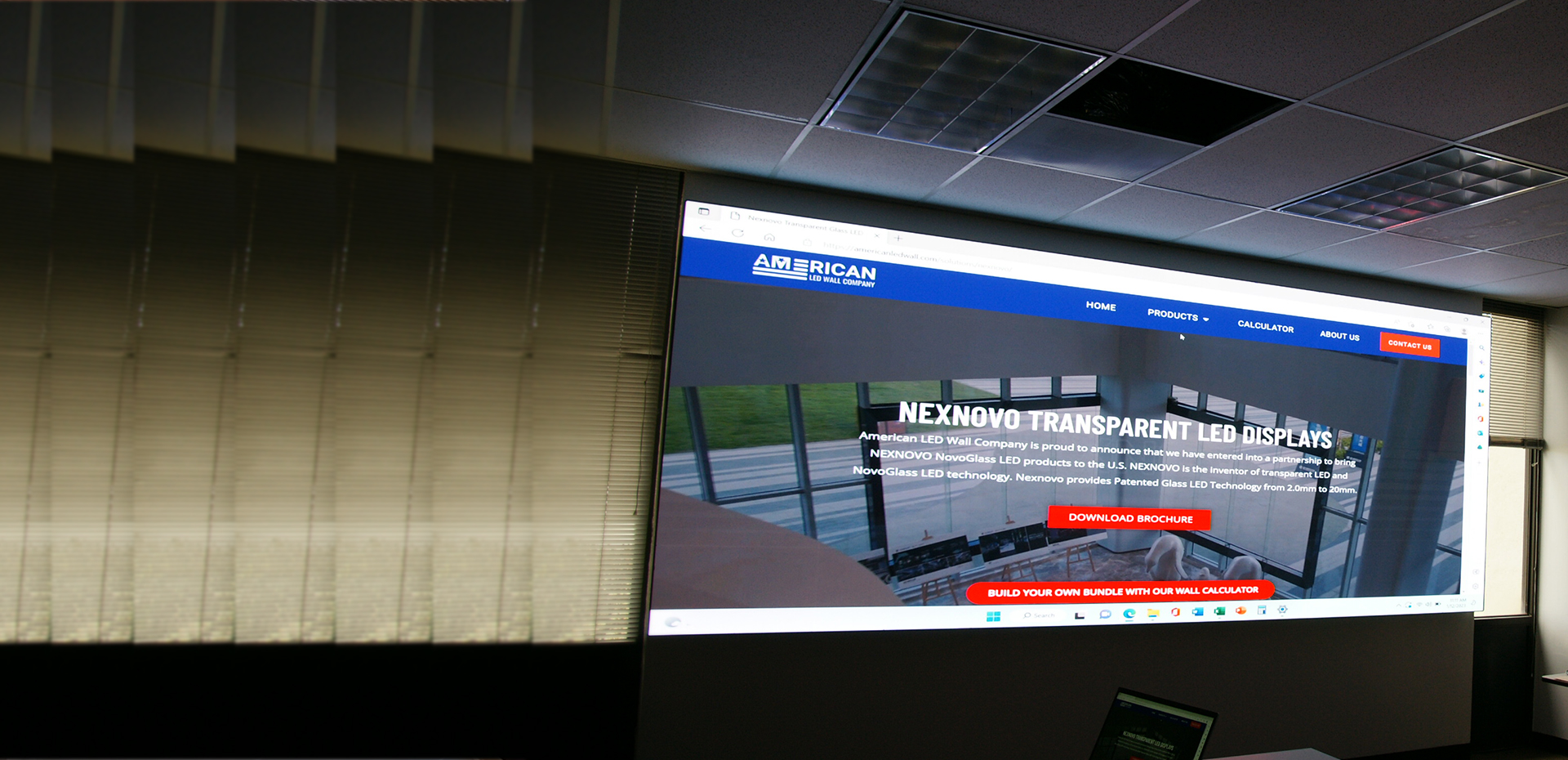Demystifying Light Emitting Diode Display Panel Illumination Measurements aiming at Optimal Visual Performance
Demystifying Light Emitting Diode Display Panel Illumination Measurements aiming at Optimal Visual Performance
Blog Article
Light Emitting Diode panel screens have become increasingly favored across different environments, including residences and commercial spaces as well as communal areas. These panels are known due to the vivid as well as dynamic visuals, which make these ideal for communicating information, ads, and engagement. However, understanding the brightness measurements for Light Emitting Diode panel panels is essential to guaranteeing optimal visual performance. Illumination can be measured in units known as nits, that indicate the amount of luminosity produced from the panel. A higher number of number of candelas, the brighter brighter a visual will be. For instance, example, one panel boasting one thousand nits stands considerably brighter compared to a featuring 500 candelas, making it more suitable for brightly lit environments.
When selecting a LED wall screen, one becomes important in take into account which setting in that the screen will be placed. For well-lit illumined areas, such as shopping malls and outdoor locations, higher higher brightness rate becomes essential for ensure clarity. On the other hand, within darker settings, like theaters or meeting spaces, lower lower illumination rate may suffice. This excessive bright excessive brightness within a dim setting may result to discomfort among the audience, making it more difficult for concentrate on the display. Therefore, understanding the particular needs of an installation site will aid with selecting a suitable brightness level to ensure ideal visual experience.
A further crucial element for consider is the contrast ratio of the Light Emitting Diode wall screen. This contrast measurement indicates how much disparity exists between the brightest most luminous light versus the darkest black shade which the panel can produce. An greater differential ratio indicates the best site display can the display can present greater clarity and depth, thereby improves overall image clarity. For example, a panel boasting an differential ratio at 10,000:1 is able to display visuals featuring greater vivid hues as well as crisper features than one featuring a proportion at 1,000:1. This becomes especially crucial when showing visuals or videos that require led screen production services greater clarity and fine details, such as presentations or advertising material.
Moreover, the technology technology behind LED wall screens plays an essential role for the illumination and overall performance. Different types of LED technologies, such as Organic Light Emitting Diode and LCD, have distinct characteristics that affect how brightness is perceived. Organic Light Emitting Diode panels typically provide better differential and darker blacks, which may improve the viewing experience in darker settings. On the other hand, traditional Light Emitting Diode screens may be more suitable in well-lit environments because of their capacity to produce greater amounts in illumination. Comprehending these technological variances will help consumers in making informed decisions according to specific individual needs.
Finally, regular care as well as adjustment of LED panel screens may assist preserve optimal brightness and performance over time. Dirt and particles may build up in a screen, impacting the brightness and clarity of the display. Periodic washing as well as expert calibration can guarantee that the panel operates at its optimal, offering consistent visual quality. Moreover, some advanced LED wall panels come with integrated options which enable operators to adjust brightness levels as well as color settings based on individual wants. Through implementing such measures, operators will ensure the their Light Emitting Diode wall panels provide an optimal display efficiency, regardless of the environment in that they are placed.